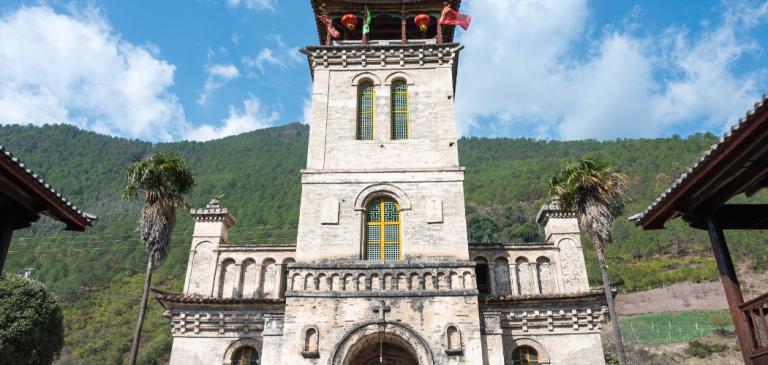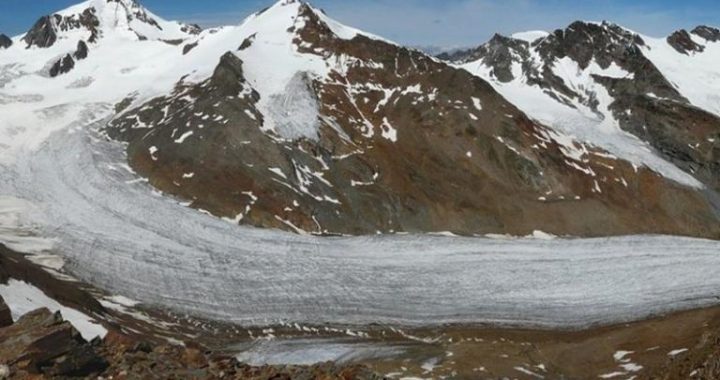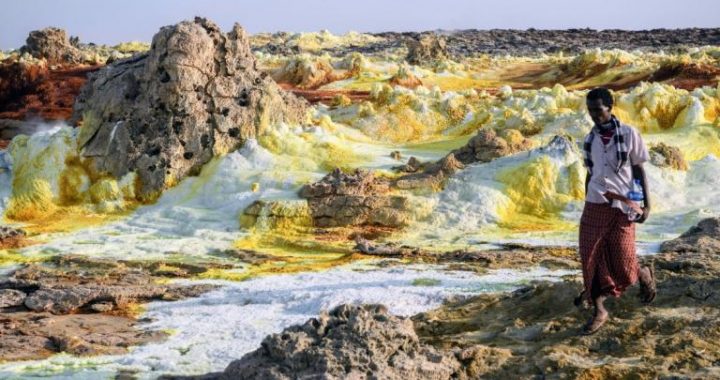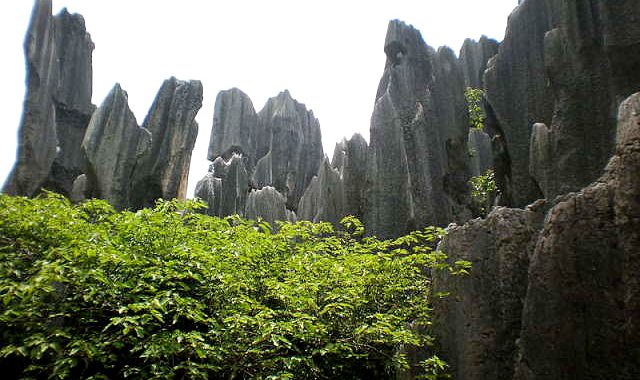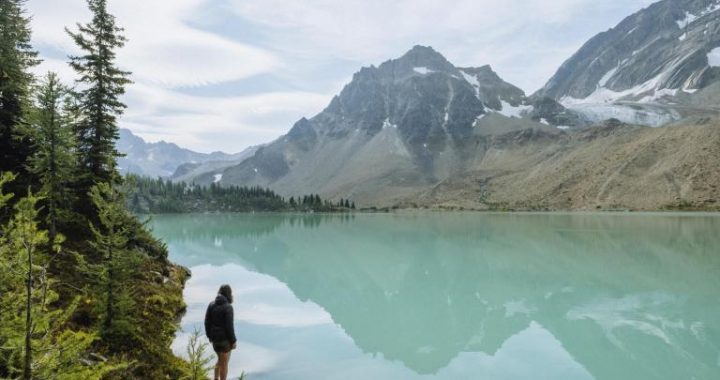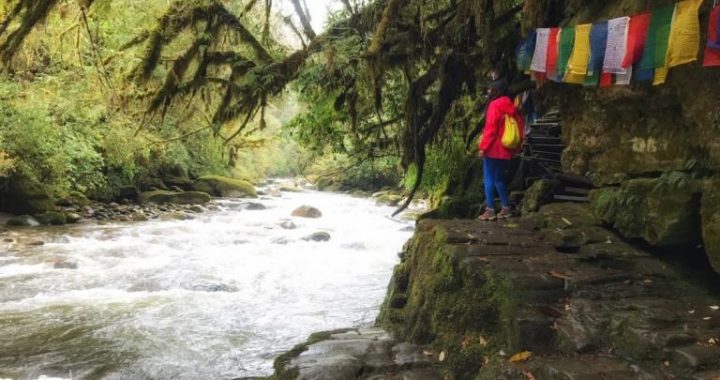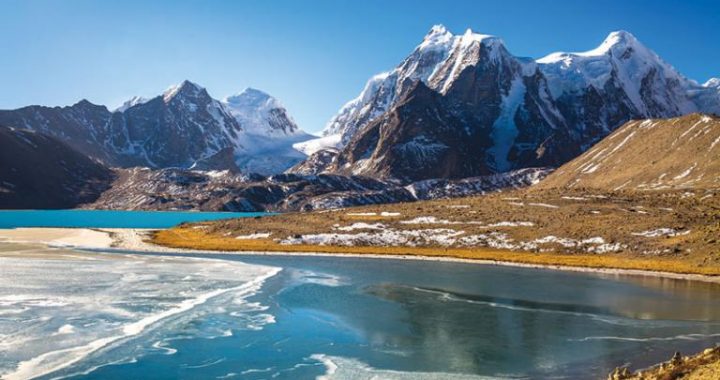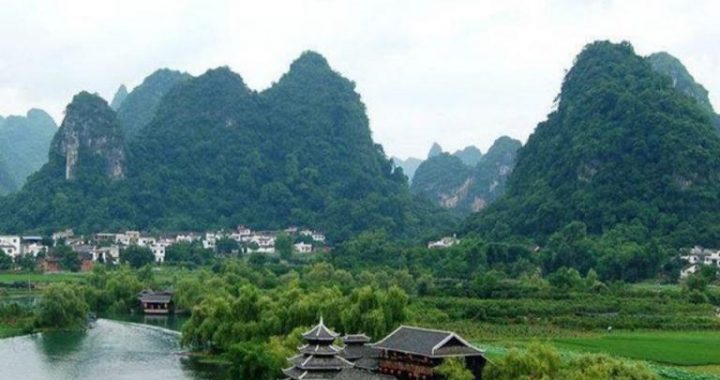The Dongzhu Monastery and The Dokerla in Deqin County of Shangri-La
3 min readDongzhu Monastery, Deqin County
In Rock’s day, the Dongzhu Monastery occupied this prominent knoll between the mountains above and the Jinsha River below, representing a perfect feng-shui position(between wind and water). It consisted of a sprawling complex of about 150 buildings and 300 to 400 monks. As big as it was, Dongzhu was still just a satellite monastery of Hongpo, the “mother”monastery in what is now the Deqin County area. The small cluster of white buildings on the mountainside behind the monastery is a nunnery, an unusual occurrence then and now.The Dongzhu Monastery was destroyed during the Cultural Revolution, which set in motion a series of major changes. Dongzhu was rebuilt down valley several kilometers after policies changed in the 1980s. The nunnery moved from its mountainside location and now occupies a small cornerof the former monastic complex. They are the only buildings visible inthe modern image. Remnants of the original perimeter wall and buildingfoundations now support crop terraces for Shusong village, out of view behind the knoll. Finally, following the Cultural Revolution, the new Dongzhu Monastery developed into the largest in the area, leaving Hongpo Monastery to languish as a relatively small, isolated religious center.The woodland on the broad slope below Dongzhu Monastery is composed primarily of short, widely spaced incense cedar trees(Platycladus orientalis) that have noticeably increased in cover during the past 80 years. Incense cedar is widely used in Tibetan prayer rituals; heavy use close to the old monastery may have reduced its coverage during the early 20th century.
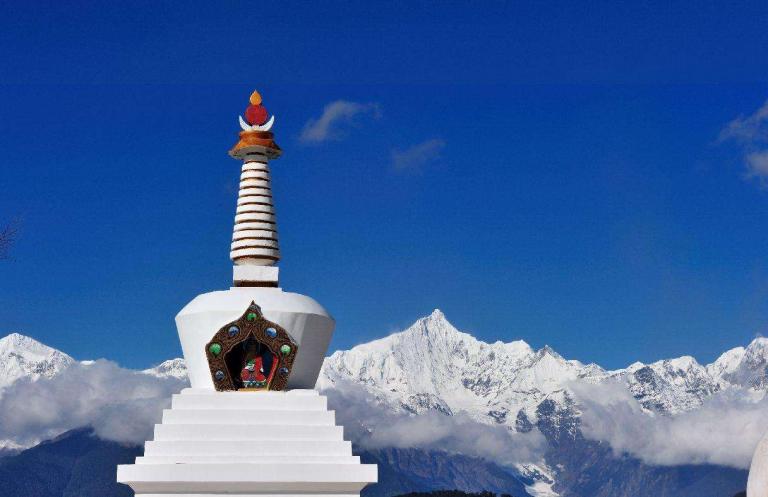
Dokerla, Deqin County
Khawa Karpo Peak is one of the most sacred mountains in Tibetan Buddhism as the home of an important warrior god of the same name. As such, many thousands of pilgrims from throughout the Tibetan world arrive each year to circumambulate the mighty snow range containing Khawa Karpo,a 240-kilometer(150-mile) trek over two high passes. The first pass they reach on the pilgrimage is Dokerla, an important spiritual threshold along the route.A strenuous, two-to three-day climb from the Lancang River, Dokerla also represents an important physical threshold for pilgrims, who now get to go downhill to the Nu River.Joseph Rock posed for a self-portrait in the windy pass in 1923, amidst a meager assortment of prayer flags tied to bamboo wands. Eighty years later,I stand in nearly the same spot, this time among a sea of colorful prayer flags.The paucity of prayer flags does not indicate Dokerla was any less sacred topilgrims in 1923 than in 2003. Dokerla has been a sacred place for centuries.Illustrated here is the increase in availability of fabric. Old timers from Deqin have told me that the great quantity of prayer flags now seen throughout the area is a recent phenomenon. In Rock’s time, woven fabric was rare, being expensive or handmade, and mostly used for basic needs such as clothing.Leaving a prayer flag was indeed a sacrifice. It is only since the 1980s that commercially available fabric has been widely used for printing prayer flags, and increasingly larger quantities are left at sacred sites throughout the Khawa Karpo region. It has actually created a waste management problem at some places.
